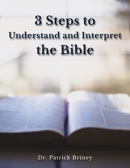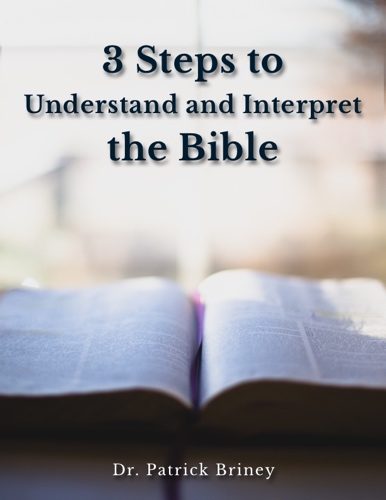The shofar is the trumpet of Israel. It is a ram’s horn used for proclamations such as the new moon, solemn feasts, special occasions, announcements/declarations, warning of war, alarm, assembling, etc. It was also used for praising God and worshipping Him in celebration. The command in Scripture was to blow the shofar “exceeding loud and long.” It does not appear to have been used for musicality.
For some occasions, silver trumpets were blown rather than using rams’ horns.
Other than when to blow the shofar, the Bible has little to say about the instrument. Most of the instructions about its use come from the Mishnah and oral traditions.
The Misnah (the written version of oral, Jewish law) states that the shofar may be made from the horn of any animal except that of a cow. The order of preference for shofar horns is this:
- curved ram horn
- curved other sheep horn
- curved other animal horn, except for a cow
- straight ram or other animal horn
- non-kosher animal horn
The two main species used for most shofars are the domestic ram and the Yemeni shofar from the kudu. The 32-inch Yemenite Shofar Ram’s Horn from a kudu is popular. It is a favored ceremonial horn because of its size and shape.
According to tradition, there are four types of shofar calls given by the master blasters (those who play the shofar). Oral tradition is relied on due to the fact that there are no recordings of the original shofar sounds.
- The Tekiah: the “blast,” is one long blast with a clear tone.
- The Shevarim: a “broken blast,” signifying sighing with three short blasts.
- The Teruah: the “alarm,” is a rapid series of nine or more very short notes.
- The Tekiah Gedolah: “the great Tekiah,” is a single unbroken blast, held as long as possible.
Tekiah is typically blown at a lower pitch with an abrupt ending, and teruah is blown at a higher pitch.
Some ceremonies use a tekiah, shevarim-teruah, tekiah, and tekiah gedolah as a bar of music which is rendered three times to
- honor God’s Kingship,
- recall the near sacrifice of Isaac, and
- comply with the precept regarding the shofar.
Traditionally, ten verses appropriate to one of the three themes are read between the blasts.



